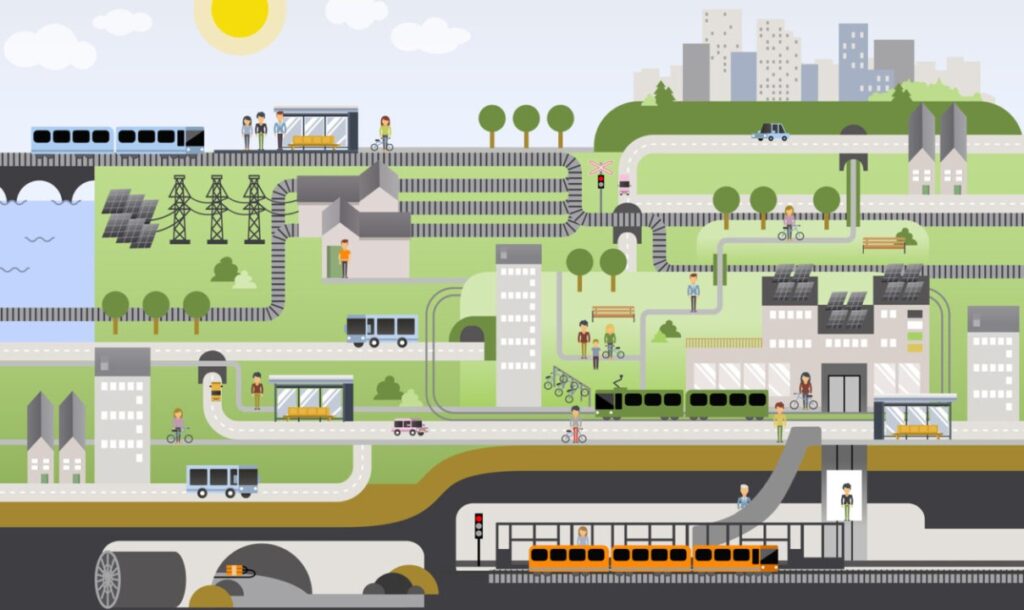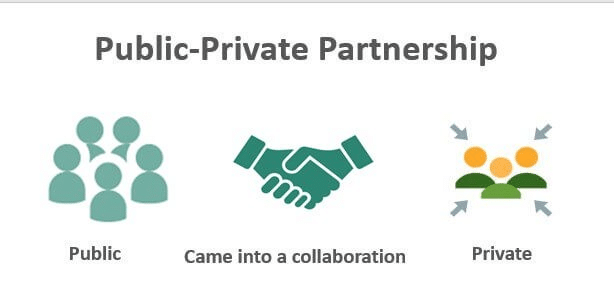

In the ever-evolving world of civil engineering, transportation planning and design stand at the forefront of innovation. As urban populations swell and environmental concerns intensify, the need for smart, sustainable, and efficient transportation solutions has never been more critical. At Carroll Engineering Corporation (CEC), we pride ourselves on embracing cutting-edge approaches to meet these challenges head-on. Here, we explore some of the most innovative strategies revolutionizing transportation planning and design today.
1. Smart Cities and Intelligent Transportation Systems (ITS)

The concept of smart cities has gained significant traction in recent years, integrating technology into urban infrastructure to improve quality of life. Intelligent Transportation Systems (ITS) are a cornerstone of this movement. By leveraging data from sensors, cameras, and GPS, ITS can optimize traffic flow, reduce congestion, and enhance safety. Real-time traffic management, adaptive signal control, and automated incident response are just a few ways ITS is transforming urban transportation networks.
2. Sustainable Urban Mobility Plans (SUMPs)
Sustainability is a key driver of modern transportation planning. Sustainable Urban Mobility Plans (SUMPs) focus on creating environmentally friendly, socially inclusive, and economically viable transportation systems. These plans prioritize public transportation, cycling, and walking over car-centric models, aiming to reduce carbon emissions and improve urban livability. Implementing SUMPs involves extensive stakeholder engagement, ensuring that community needs and environmental goals are balanced.

3. Multimodal Transportation Networks
Incorporating various modes of transportation into a seamless network is another innovative approach gaining popularity. Multimodal transportation networks enable users to switch between buses, trains, bikes, and even ride-sharing services with ease. This integrated approach reduces dependency on private vehicles, lowers traffic congestion, and promotes more sustainable transportation options. Designing multimodal hubs and improving last-mile connectivity are crucial elements of this strategy.
4. Autonomous and Connected Vehicles
The advent of autonomous and connected vehicles is poised to revolutionize transportation planning and design. Self-driving cars and trucks promise to enhance safety, reduce human error, and improve traffic flow. Connected vehicles, which communicate with each other and with infrastructure, can optimize routes, prevent accidents, and manage traffic more efficiently. Integrating these technologies into existing infrastructure requires innovative design solutions and robust regulatory frameworks.
5. Green Infrastructure and Eco-Friendly Materials
Incorporating green infrastructure into transportation projects is another innovative trend. Green roofs, permeable pavements, and bioswales can manage stormwater, reduce urban heat islands, and enhance biodiversity. Additionally, using eco-friendly materials like recycled asphalt and concrete can minimize environmental impact. At CEC, we strive to implement these sustainable practices in our projects, contributing to greener, more resilient urban environments.
6. Public-Private Partnerships (PPPs)

Public-Private Partnerships (PPPs) are playing an increasingly important role in transportation planning and design. By leveraging private sector investment and expertise, PPPs can deliver high-quality infrastructure projects more efficiently. These partnerships can expedite project timelines, reduce costs, and foster innovation through collaborative approaches. Successful PPPs require clear communication, shared goals, and a strong commitment to public interest.
7. Data-Driven Decision Making
Advances in data collection and analysis are transforming transportation planning. Big data, gathered from various sources like mobile apps, social media, and traffic sensors, provides valuable insights into travel patterns and behaviors. Using data-driven decision-making tools, planners can develop more accurate models, predict future trends, and design more effective transportation systems. At CEC, we utilize cutting-edge analytics to inform our planning and design processes, ensuring data-backed solutions.
Innovative approaches to transportation planning and design are essential for creating sustainable, efficient, and livable urban environments. From smart cities and ITS to sustainable mobility plans and autonomous vehicles, the future of transportation is being shaped by groundbreaking technologies and strategies. At CEC, we are committed to staying at the forefront of these advancements, delivering innovative solutions that meet the needs of our clients and communities.
By embracing these innovative approaches, we can build a future where transportation is smarter, greener, and more accessible for all. Join us on this exciting journey as we pave the way for the next generation of transportation infrastructure.
Feel free to share your thoughts or get in touch with us at CEC to learn more about our innovative projects and how we can help you achieve your transportation planning and design goals. Visit our Traffic & Transportation page https://www.carrollengineering.com/engineering-services/traffic-and-transportation-engineering/ or contact Peter O’Halloran, P.E. P.T.O.E. if you have any questions or for your next project.
